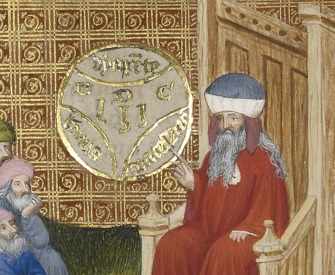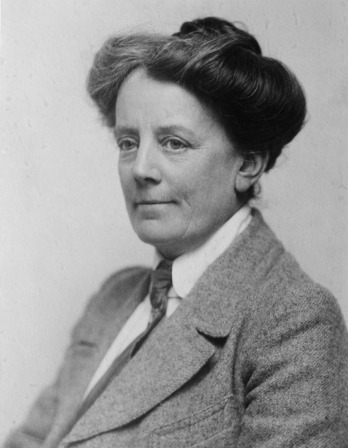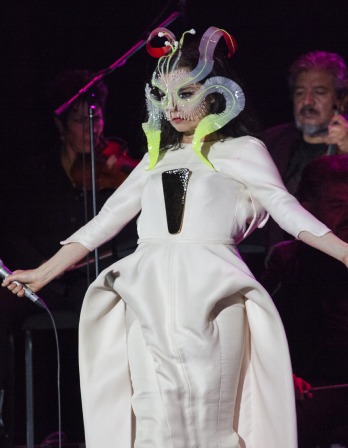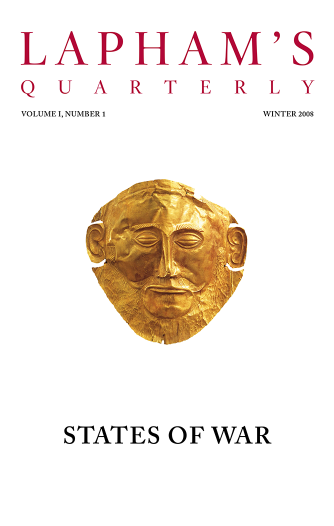There was never a more pleasant and fanciful man than Giovanni Francesco Rustici. In his room at the Sapienza he gathered together a number of choice spirits, who called themselves the company of the Paiuolo, not more than twelve in number, namely Rustici, Andrea del Sarto, Spillo the painter, Domenico Puligo, Robetta the goldsmith, Aristotile da Sangallo, Francesco di Pellegrino, Niccolo Buoni, Domenico Baccelli who played and sang delightfully, Solosmeo the sculptor, Lorenzo called Guazzetto, and Ruberto di Filippo Lippi, who was their steward. Each of them might bring four guests, and no more.
The order of their banquets, now quite gone out of use, was thus: everyone brought something to eat, made with some clever invention, which he presented to the president, who was always a member, and he gave it to whom he pleased, so that each one exchanged his dish for another’s. At table the dishes were passed round, and if two people brought the same thing, they were fined. One evening when Rustici gave the feast, he ordered a large vat to be prepared, in which all stood seemingly in boiling water, with the viands floating about, and a bright light was placed in the middle of the handle shaped like a bow, so that all about could be seen. When all were at table, a tree with many branches issued from the pot with the viands hanging from its branches, and when these were taken, it descended below, where musicians were playing. The same occurred with the second and third courses, and so on, while the servants poured out choice wines. This invention, finely decorated with canvas and paintings, was much praised by the men of the company. In this turn the present of Rustici was a kettle made of pastry, in which Ulysses was roasting his father to rejuvenate him, the two figures being capons shaped like men, with well-disposed members, every part being good to eat. Andrea presented an octagonal church like San Giovanni, but resting on columns. The pavement was formed of jelly, resembling a variously colored mosaic; the columns, which looked like porphyry, were large sausages; the bases and capitals Parmesan cheese; the cornices were made of pastry and sugar, and the tribunes of quarters of marzipan. In the middle was a choir desk made of cold veal, with a book of lasagna, the letters and notes being formed of peppercorns. The singers were roast thrushes with open beaks, wearing surplices of slender pig’s caul, and behind these were two large pigeons, with six larks. Spillo brought a tinker, made of a large goose or similar bird, with all the necessary tools for repairing the vat if necessary. Domenico Puligo of a suckling pig made a maidservant with her distaff watching a brood of chickens; she was brought to wash the vat. Robetta made an anvil out of a calf’s head, with all the implements to keep the vat in repair. This was very fine and good, and so were many others which I cannot mention.
From Lives of the Painters, Sculptors, and Architects. While Vasari is best known for this work of biographical history, which he dedicated to Cosimo de’ Medici, he was also a painter and architect, composing a cycle of frescoes in the Palazzo Vecchio and designing the Uffizi Gallery. Rustici worked alongside Leonardo da Vinci and later in life moved to France, where he came into the service of King Francis I.
Back to Issue





